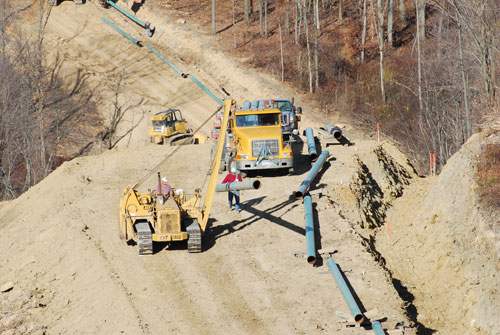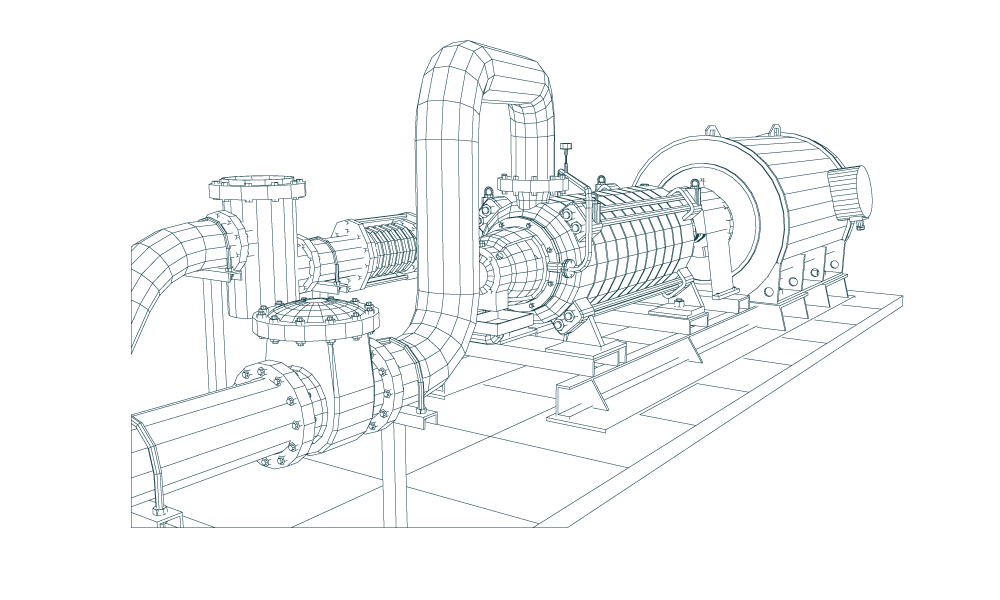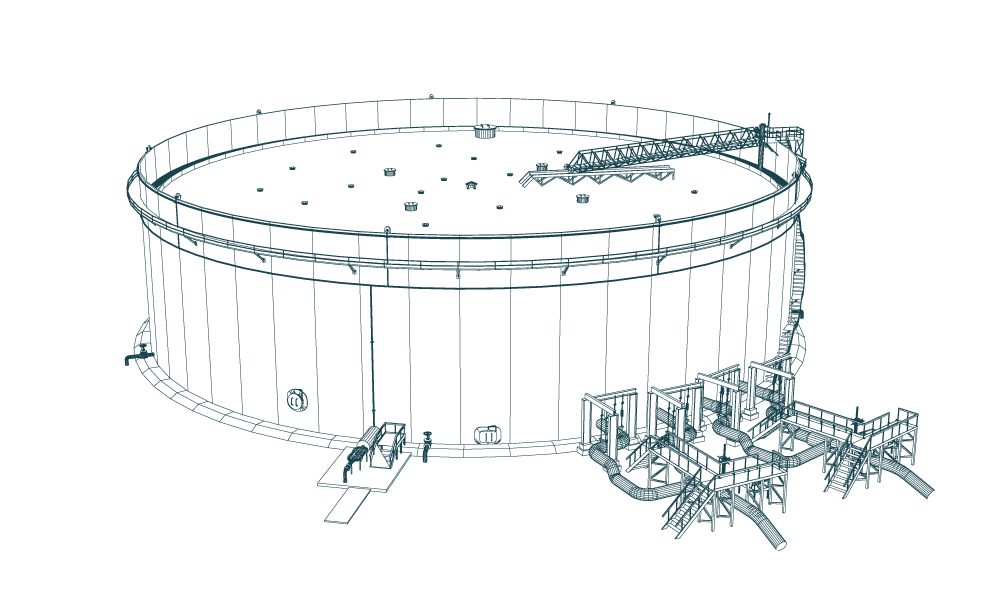PCS® Insights
Sharing Industry Knowledge, Lessons-Learned and Published Presentations
5 More Myths About Pipeline Inspection
Realities behind some industry myths

Back in October I shared 5 myths about pipeline inspection. Well there’s certainly more than 5 myths out there and due to the overwhelming response to those myths I’m going to keep going. Here are 5 more myths but please remember – I am just sharing my experiences. Your experiences may be different from mine. If they are please share with everyone who is reading these Myths, you never know, together our shared experiences may help someone who is reading and following these conversations.
Thanks for reading and sharing your experiences.
MYTH #1 – Exaggerating on your resume doesn’t matter – no one checks
REALITY
Exaggerating on your resume does matter. People do check. With the Pipeline Hazardous Material and Safety Administration, PHMSA, inspection force growing in numbers almost yearly, the owner company must have qualified inspectors on the right of way. Before Project Consulting Services places an inspector on the right of way we check every certification we can. If we find fabricated certifications, not expired certifications, we will not utilize that inspector. Think about it this way, if you are an employer and you find a job applicant not being honest on his job application would you hire him? If someone fabricates something on their resume could they also fabricate their daily reports? Honest with their hour’s worked or daily mileage?
Even people without formal certifications should be phone interviewed. Many task such as hydrostatic testing, horizontal directional drilling, stringing, and bending, etc. all need experienced inspectors in the field that know what they are doing. This protects the client and the inspector.
Example – You place an inexperienced ditching inspector in the field that has never worked over a false fill. The back hoe operator is a young operator without much experience and has never worked over a false fill. Once cleanup is finished and survey comes through checking elevations and find the pipe through the false fill area, one mile, only has one foot of cover whose fault is it? It is very easy to say the contractors fault but in reality the fault should be placed two places. Blame should be placed on the contractor and inspector. Wait you say – it is the contractors responsibility get the pipe to the right depth! It is but if the inspector shares no responsibility why should the client pay to have an inspector in the field that cannot watch out for their best interest?

MYTH #2 – Certifications make you an expert!
REALITY
Certifications certainly does help, no question about it, but does it make you a pipeliner expert? Since I am an ex-welder let’s pick on welding. A welding inspector shows up on a pipeline project with his current AWS\CWI certifications and is ready for work. But what field is his certification in? Oh, it doesn’t matter you say, welding is welding. If the AWS\CWI certification is based on AWS D 1.1, a structural code, would he know about what can happen on pipeline tie-in’s? Now I am talking about someone’s first pipeline project not a seasoned pipeline welding expert. Would you suppose he might know the difference between a pipe gang and a firing line? External line up clamps vs. internal line up clamps? Know the importance of pre heat on pipe grades X-60 and above?
We have been picking on welding inspectors but this can also hold true for NACE inspectors.
Certifications are great but it does not necessarily make you an expert as soon as you receive your sheet of paper saying you pass a test. A person needs to have humility and listen while learning. Along with experience the combination humility and listening leads to becoming an expert in anything. I think of certifications like I do college degrees, it proves to me a person has gleaned the ability to learn and is ready to become the expert we are talking about. In today’s world we need more people ready to learn and improve themselves and improve inspection in our industry. To me, I had rather have someone say “I don’t know” rather than them getting themselves and the client into trouble. I had much rather help someone that is honest and admits he doesn’t know and ask for help than someone who backs off and lets the contractors crew do as they wish.
MYTH #3 – When a pipeline is dry it is clean
REALITY
This is one of a couple of lesson’s I learned the hard way back in my younger years. The first lesson I learned is everyone is trying to do what is correct and working with you to get a good project. WRONG! I had listened to some old timers talking about dirt could not stick to the walls of the pipe if the pipeline is dry. I fell for it hook, line, and sinker. We needed to achieve a negative 38°F dew point. We were using a dry air, air compressor that was putting out negative 50°F air. The section was several miles of 24” pipe that I thought was clean when we reached a negative 50°F on the opposite end of the line from where we were flowing the dry air. Scraper pigs had been run earlier so I figured between scraper pigs and dry air the line had to be clean – wrong! Sometimes your mistakes do not show up immediately. I found out how bad my mistake was weeks later when we started having problems at meter stations with dirt coming in and interfering with regulators and measurement equipment. Needless to say I have never made that mistake again. Just FYI my rule of thumb is no more than 1\4” dust penetration in a two pound density foam pig, more than that I do not consider a line clean.

MYTH #4 - Not all inspectors need copies of the “Issued for Construction Drawings (IFC)” – “Draft or for comment” copies will work for some.
REALITY
Some projects are bid with “Draft or for comment” construction drawings with a promise of “IFC”, Issued For Construction, drawings being provided before construction begins. When IFC drawings arrive, sometimes there are not enough copies for everyone. So does everyone really need a copy? Would you think the inspector going with the contractor installing fence gaps would need one? What if the contractor’s crew also has draft copies and cut a property line fence on the wrong land owner? A better example may be the ditching crew – the draft copies show 5’ below a drain ditch but the “IFC” drawings and permit drawings show 8’. All inspectors in the field need specifications and “IFC” drawings to do their job.

MYTH #5 – Not all inspectors need a copy of the contract construction specifications or client construction specifications.
REALITY
As I came up in the inspection world, I was taught by people who I took every word they said to heart. They all had good intentions, but what they taught me is not necessarily true today. Also, I was brought up in a world where you never taught anyone everything you know in fear they may take your job. The best way to combat this is to educate inspectors each and every project. By this I mean every client has different construction specifications and requirements. True, they are all similar but most are different in small ways. Example – company “X” wants pups to be a minimum of 20’ welded into their line while company “y” will allow 15’ pups, and company “z” allows 10’ pups. Example – company “x” is constructing a project that must follow FERC guidelines (CFR 49 Part 192) company “y” is constructing a liquids line (CFR 49 Part 195), and company “z” is constructing non regulated lines. All are similar but different. Thus, the importance of construction specifications
Example: the contract construction specifications do not cover an issue but the clients company construction specifications cover the issue and are referenced in the contract. Without copies of each would you allow the contractor do the task as they see fit or should you stop work until you get clarification, which could lead to an extra because of down time! A copy of the specifications would solve the problem.
Buddy worked for a natural gas company from 1970 until 2005 when he retired and went to work for Project Consulting Company as a Project Manager. While with the gas company he worked as a maintenance person, clerk, welder, construction inspection supervisor, field project manager, and was a member of the Pipeline Research Committee Welding Supervisory Committee. In 2010 he was asked to become Manager of the PCS Inspection department. Buddy still keeps up-to-date by attending industry meetings and attends API meetings when possible.
Article Details
Author: Buddy Belcher
Manager
PCS® Metairie
More Information
Contact Us
We would appreciate any opportunity to assist you, and to connect you with the right person at PCS ® to address your needs and answer any questions.
Request Info Call Us 1-800-643-8306


